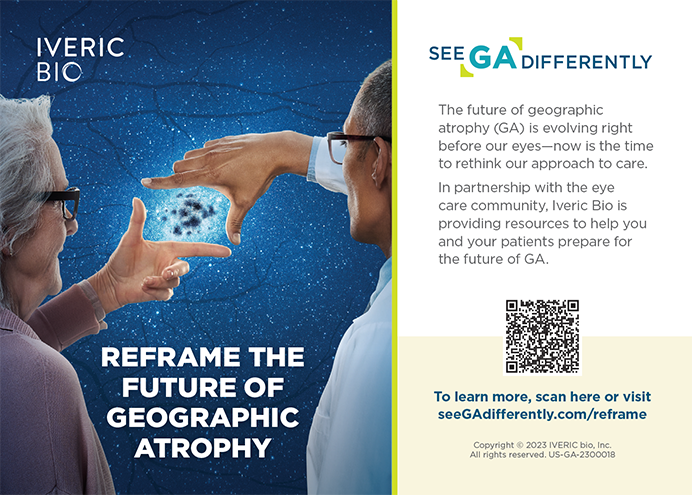Patients often ask me whether I ever get bored treating only the eye, and I have both sarcastic and heartfelt responses. One of the primary reasons why ophthalmology never bores me is the same one, I believe, that many of us chose it for a career: its ever evolving high technology. Fast-paced technological advancements are part of the exciting fabric of ophthalmic practice, diagnosis, and surgical intervention. To that end, we at Cataract & Refractive Surgery Today are excited to share with you some of the great talks given at our first Las Vegas Refractive IOL Symposium held in December 2004.
When I began my residency in 1991, IOL technology was much simpler. The universal optic material was rigid PMMA, and silicone was just picking up steam. The discussions at that time related to the ideal size (5.5- or 6.0mm) and shape (round or oval) of the PMMA optic for creating a self-sealing, sutureless wound. Today, discussions about IOLs are vastly different. Regarding material, one must know (1) silicone: what generation? (2) acrylic: hydrophilic or hydrophobic? and (3) haptic material: PMMA, polyimide, polypropylene, elastimide, or polyvinylidene fluoride (PVDF)? Also, which injector system is used? More germane topics include the IOL's purpose and mechanism of action. Imagine asking this question of Sir Harold Ridley with a straight face. In 2005, however, it is not a simple answer. We now have blue-wavelength–blocking lenses, phakic IOLs, as well as bifocal and multifocal IOLs to help solve the issues of presbyopia. In the last category, one must ask whether the lens uses a refractive or diffractive design. Does the multifocal optic incorporate multiorder diffractive optics? What percentage of the light is split for near versus distance vision?
Surgeons who want to work with toric IOLs must know (1) if the IOL is a plate or a traditional one-piece design and (2) how to orient the IOL to neutralize corneal astigmatism (and certainly not double it). Regarding accommodative IOLs, surgeons need to determine if the IOL has a single- or dual-optic design and whether the optic is made of silicone or acrylic material. It is also important to know by which theoretical mechanism the accommodative IOL functions: Helmholtz, hydraulic suspension, or Schachar. Is the IOL inserted with an injector or forceps? What are the expected visual outcomes for near, intermediate, distance, and low-light situations? Practitioners who have an interest in phakic IOLs need to ask where the lens is placed: in the ciliary sulcus, clipped to the iris, or in the anterior chamber angle? Of what material is the lens made? What anatomical parameters are necessary for its safe implantation? Must iridotomies be performed preoperatively to avoid pupillary blockage? Also, what are the chances of cataract formation, chronic iritis, pupillary ovalization, and endothelial cell loss? What is the likelihood of having to enhance a patient's outcome with laser vision correction?
All of the aforementioned questions are now part and parcel of decision making in refractive IOL surgery. Several other questions must be answered preoperatively as well. What is the mindset of the refractive IOL patient, and how does it differ from that of the typical cataract IOL or laser refractive patient? How do reimbursements work for this new surgical modality? Where will surgeons perform this procedure? Luckily, all the answers are included in this edition of CRSToday.


